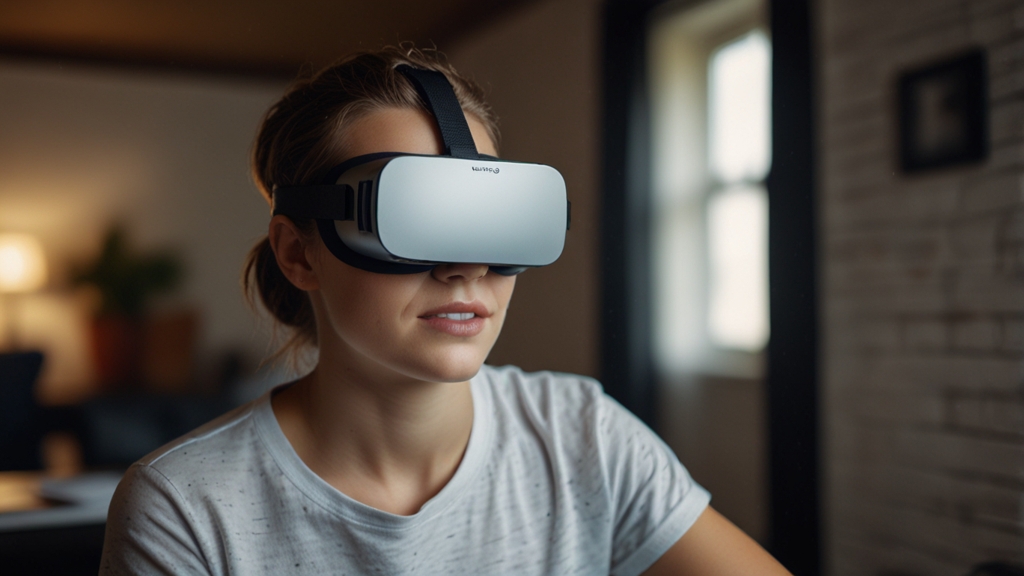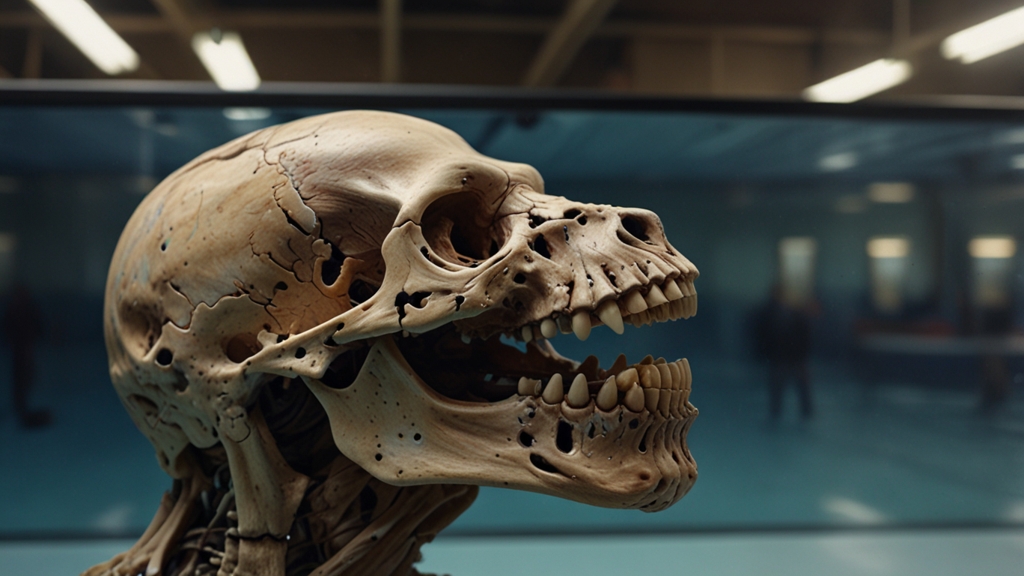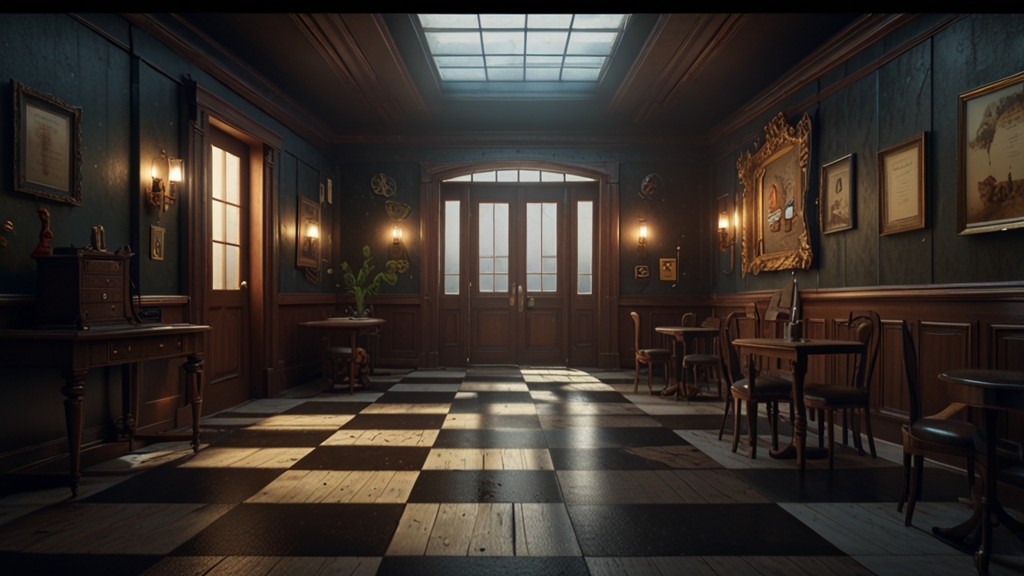The Intersection of Web Development and Virtual Reality
The convergence of web development and virtual reality (VR) is creating intricate and immersive environments that go far beyond traditional web interactions. As VR technology becomes more accessible, developers are exploring new and innovative ways to integrate it within web platforms. This intersection fosters a multidimensional user experience that revolutionizes how we interact with the internet.
The Evolution of Web Technologies
Web development has experienced a rapid evolution over the past few decades. From basic HTML websites to dynamic, responsive applications, the web has transitioned into a multifaceted platform supporting rich multimedia content. With the introduction of WebGL and advancements in JavaScript libraries, like Three.js, the web has been able to support complex 3D graphics directly within the browser.
This capability has laid the groundwork for incorporating VR into web experiences. Technologies such as WebXR (Web Extended Reality) API have made it possible to build immersive VR and augmented reality (AR) applications that run seamlessly in web browsers. WebXR bridges the gap between web development and VR, enabling developers to create applications that interact with both the physical and digital world.
Practical Applications of VR in Web Development
The practical applications of VR in web development are vast and varied. One prominent area is eCommerce. Imagine browsing a 3D virtual store where you can walk around, inspect products, and even try them on before making a purchase. This sort of immersion transforms the online shopping experience and can potentially lead to higher engagement and conversion rates.
Another significant application is in education. VR can provide interactive and engaging learning environments that are far more effective than traditional methods. For instance, virtual field trips can take students to historical sites or distant planets, making learning more tangible and exciting.
“VR has the potential to create deeply immersive educational experiences that allow students to explore environments and concepts in an interactive way,” said a spokesperson from an ed-tech company.
Furthermore, VR in web development has transformative implications for remote work and collaboration. Virtual offices and meeting spaces can mimic real-world environments, fostering a sense of presence and engagement that traditional video conferencing often lacks. This can enhance teamwork and productivity among remote workers.
Challenges and Considerations
While the integration of VR into web development holds immense promise, it also comes with its own set of challenges. One crucial aspect is performance. Rendering complex 3D environments can be resource-intensive, and ensuring smooth performance across different devices and browsers requires significant optimization.
User experience (UX) design is another critical factor. Designing intuitive and comfortable VR interfaces requires a deep understanding of human-computer interaction principles. VR environments can sometimes cause motion sickness if not designed correctly, so developers must prioritize creating comfortable and user-friendly experiences.
“Designing for VR is not just about creating visually appealing environments; it's about understanding how users move and interact within those spaces,” noted a leading VR UX designer.
Additionally, the need for specialized hardware, such as VR headsets, can be a barrier to widespread adoption. While the cost of VR equipment is gradually decreasing, it is still an investment that not all users are willing to make.
The Future of VR and Web Development
The future of VR in web development looks promising, with ongoing advancements in both hardware and software. As VR technology becomes more mainstream, we can expect web developers to continue pushing the boundaries of what is possible, creating even more immersive and interactive experiences.
Moreover, the development of WebAR (Web Augmented Reality) is likely to complement VR, offering users a blend of virtual and real-world interactions through their browsers. This hybrid approach can further enhance the web experience, providing users with more natural and contextually relevant interactions.
“The merging of VR, AR, and web technologies will usher in a new era of internet experiences, breaking down the barriers between the physical and digital worlds,” predicted a tech industry analyst.
In conclusion, the intersection of web development and virtual reality is opening up a multitude of possibilities. From transforming online shopping and education to revolutionizing remote work, the integration of VR into web environments promises a richer and more engaging user experience. As technology continues to evolve, the lines between the virtual and physical worlds will blur, creating a web that is more immersive than ever before.











